Coloured Floats, Ropes & Nets
WHAT ARE COLOURED FLOATS, ROPES & NETS?
Modifying the colour of floats, nets, and ropes may make fishing gear more visible to non-target species, reducing the likelihood of wildlife-gear interactions, and thus bycatch incidences. Various studies have tested the sensory capacity of wildlife to detect different coloured gear (or ‘mimic’ gear), with orange and red colours appearing to deter certain species of seabirds and marine mammals.
This modification can be applied to the colour of trawl nets, gillnet panels, and end or anchor lines for gillnet systems, as well as the colour of buoy lines in pot/trap fisheries. Importantly, the ability of different non-target species to differentiate between colours must be determined.
Changing colour may not be a feasible mitigation measure, as some small cetaceans and seals may deliberately enter nets to catch prey – their bycatch thus not being linked to a lack of awareness of the nets. Differences in net colour could also be difficult to determine in low light and due to the turbidity of some coastal waters.
CURRENT RESEARCH & USE
In an Australian trawl fishery, more bottlenose dolphins were caught in a grey trawl net compared to a standard green net – although differing speeds of the two trial vessels could have shaped this result.
A 2014 experimental study suggested that red and orange-coloured rope is perceived by right whales from a far greater distance than green rope, thus suggesting that using red and orange rope could reduce whale interactions with gear, resulting in entanglements (Coulter, 2019).
In the small static gillnet sea-trout fishery in Filey Bay, North-east England, the use of differently coloured floats on top of the net has been trialled as a seabird bycatch mitigation measure (pers. comms.). Coloured floats were used in conjunction with net attendance, however, so it is not known if this modification is effective when used alone. This technique would also only be applicable in fisheries where the upper line of the net is set at the water surface.
In 2015, the ability of little penguins to differentiate between different coloured netting was tested under controlled conditions. 25 penguins were exposed to mono‐filament threads creating gillnet mimics, in clear, green and orange colours. The orange mimics resulted in lower collision rates (5.5%), with clear and green lines resulting in higher collision rates (35.9% and 30.8%, respectively) (Hanamseth et al. 2017). This study suggests that orange coloured nets may be effective in reducing penguin bycatch in shallow, high-light waters. However, at-sea trials in realistic conditions, and with different species of seabird, are necessary.
Scientists have also experimented with attaching “high contrast” black and white banners to inshore surface-set gillnets in Newfoundland, Canada. However, these reduced the target catch rate while resulting in no statistically significant reduction of seabird bycatch (Montevecchi et al. 2023). This indicates that high-contrast banners on gillnets are neither an effective nor practical method.
This page was last updated on 12.10.23.
Interested in how this and other measures could mitigate bycatch in your fishery? Get in touch with us to collaborate or take part in a study.

